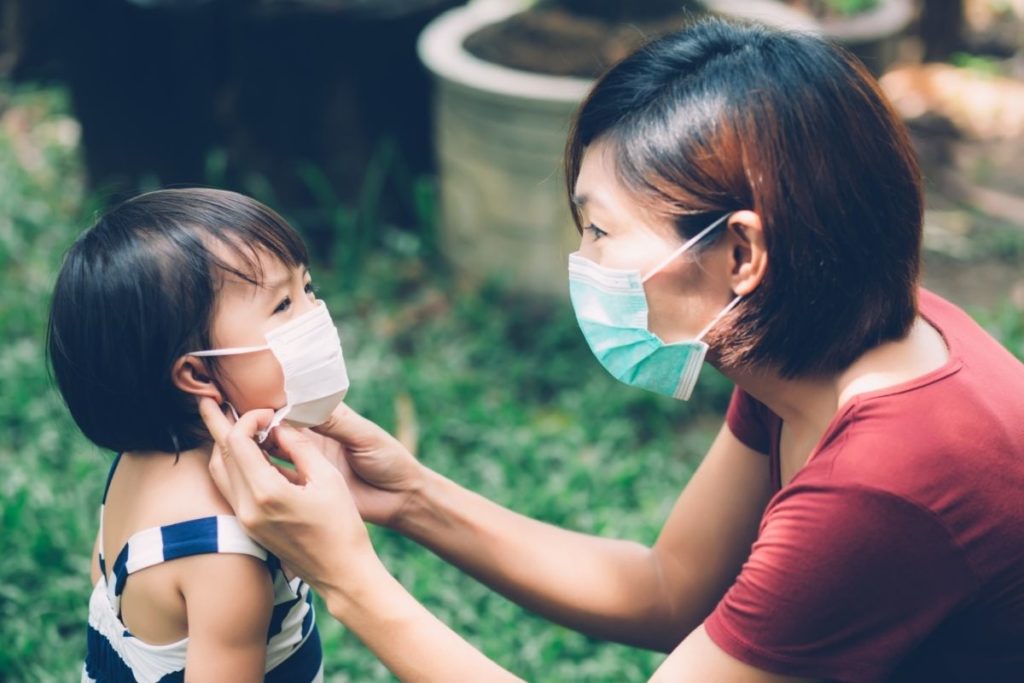Julie Mower is Executive Director of The Phoenix Center, an accredited non-profit, private school that serves nearly 140 students ages 5-21 with autism, multiple disabilities, behavioral and intellectual disabilities from roughly 60 districts in eight New Jersey counties.
After spending the last year and a half indoors, many of us are now coming out of our cocoons — but like emerging butterflies, are we ready to fly? Schools are reopening, and going back to in-person learning certainly has its advantages. Not only can relearning or restarting an old routine or schedule be difficult, especially for students with special needs — this year especially brings its own set of adjustments with it.
A student’s capacity to smoothly change up their routine and reenter school will vary. Of course, it’s not just children who will be affected — parents, too, have had to be flexible during this time, and their commitment to their children’s education is the glue holding a student’s various schedules and needs together. There will be exciting opportunities, as well as inevitable challenges as schools reopen; here, we highlight five points to consider in order to prepare students for a new routine.
1. School Looks Different
Not only will children be adjusting to being in school versus being home for learning, they will be experiencing their education in a very different way. So, be sure to talk with your child about how school is going to look different this year. Desks will be socially- distanced, typical student groupings will not be in place, and lunch might be in their classroom, or even outdoors. If possible, you might reach out to your child’s teacher (or administration) and ask for pictures of the new classroom layout and/or where they might be eating lunch.
2. Masks Up!
Due to current safety guidelines, all students and staff are required to wear masks while in school. Be sure to practice safe and appropriate mask wearing with your child and talk to them about the “why” behind this safety measure. You might say something like “we wear our masks to keep each other safe.” Reach out to your child’s teacher (or administration) to inquire about “mask breaks” and other opportunities where students might not be required to wear their masks (i.e., physical education, playground, lunch, etc.). Be prepared to have additional conversations about the challenges of wearing masks in school with your child in order to ease any discomfort they may be experiencing.
3. Sharing is Caring
While children have been learning at home, they may have become ‘’king of the castle!” That means that they might have become accustomed to less structure and interpersonal interaction. When your child returns to school they may have to share resources and educational materials, which may be a skill they have not had to use in the past year and a half. Play with toys or games your child enjoys and encourage them to share with siblings or other loved ones so they can get a sense of what sharing and turn-taking will look like in the classroom.
4. Adjust Bedtime Routines
All of our schedules have shifted in some way during the pandemic, as well as your child’s bedtime. Your child may have to go to bed earlier and have their bedtime routine re-established in order to line up more neatly with your household’s school day morning. Will your child need to be ready earlier for a car ride to school, or perhaps the bus? Keep in mind that your child may benefit from a picture schedule to wind down in the evenings and/or get ready for school in the morning. These types of schedules are very helpful, especially for students with disabilities.
5. Check in with Your Child and Their Educators
You can (and should) prepare your child as much as possible, but returning back to school will be an ever-evolving journey. Check in with them — observe their mood, ask them how they are doing, and keep the lines of communication open. Similarly, do not be shy in touching base with their educators. They are helpful resources who can keep you abreast of how your child is doing, and any Covid-related changes that might be happening within the school community. Rely on these diligent teachers who will be honest, offer tips, and keep you up to date on how your child is faring in the classroom.




